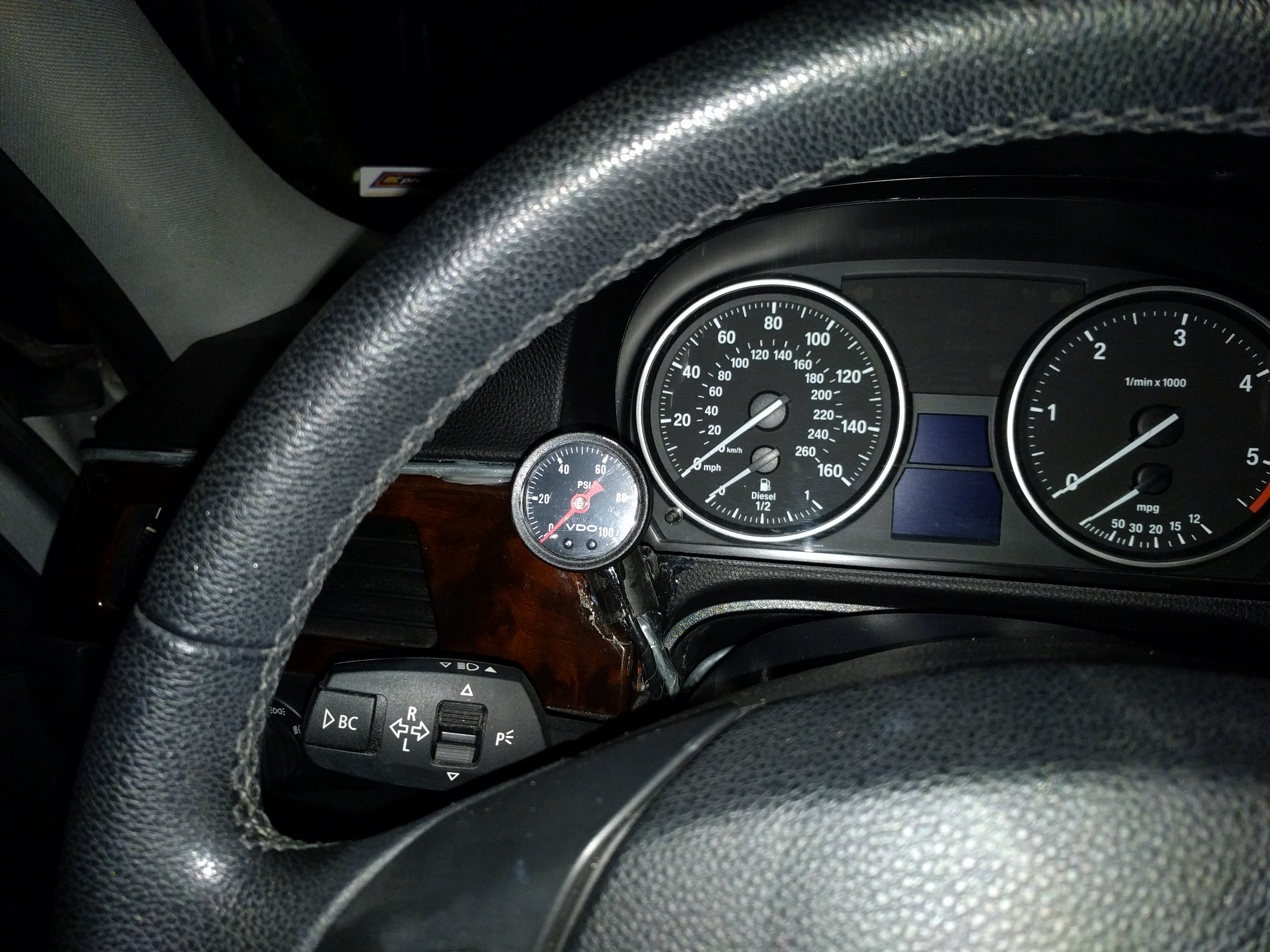The low pressure side of the commonrail fuel system often gets overlooked, but plays a crucial role. I was pleased to see BMW specs nominal CP3 input pressure at ~5 bar. They probably used a fairly good quality lift pump in the tank which will likely never need replaced, assuming you ascribe to the fuel lubricity additive concept. Fuel supply flow capacity needs to increase proprtionally with power-adding mods. That does not appear to be an issue with this setup. My lift pump holds a rock-steady 60psi with the go pedal matted and JBD at 100%. But there are other things to consider. Cold weather for example, induces fuel viscosity increase, severely reducing pumpability once temps drop near zero and below. That’s why we have a fuel heater, but it can only do so much. Anything constraining fuel supply flow can quickly lead to injection pump damage. Unfortunately there’s no shortage of different ways to get things FUBAR’d on the upstream side of the CP3: cold weather, bad fuel (water especially), filter degradation, various lift pump malfunctions, etc.
The failure mode varies, but sudden catastrophic loss of the CP3 can take out everything in it’s path. Many parts are subject to damage, potentially requiring replacement of injectors, sensors, and at a minimum, a complete fuel system flush from head to tank. Dealers confronted with it often elect to simply replace the entire fuel system. It means lots of parts and labor hours, but ironically, ends up being quicker and easier in the long run if one thing after another starts turning up bad during a piecemeal approach. But this is all easily avoidable with a little monitoring. I understand the car’s sensors and software will set codes for a plethora of fueling paramter anomalies. But I doubt it’s ability to forewarn impending problems or long-term degraded conditions in the fuel supply like a simple, mechanical guage.
There are a couple of fairly serious issues involved with using a mechanical fuel gauge in the cabin. There’s a small chance it will fail in some way as to allow a leak. A worst case scenario might be something like it explodes spraying fuel in your face while driving in heavy traffic smoking a cigarette. My customized combination shutoff valve/snubber mitigates this issue and another problem fairly well. The other problem is CP3-generated pressure wave reflections wreaking havoc with the gauge readout. Installing a ball-bearing poppet in the valve’s gauge port stifles that phenomenon. The rubber valve seal gets soaked in gear oil while doing up the valve assembly to induce swelling to the point of actually making the thumbscrew harder to turn after reassembly. Done right and reassembled using JB Weld for thread locker, the valve will never leak and just cracked open provides a safe, stable analog/mechanical fuel pressure reference to the gauge.
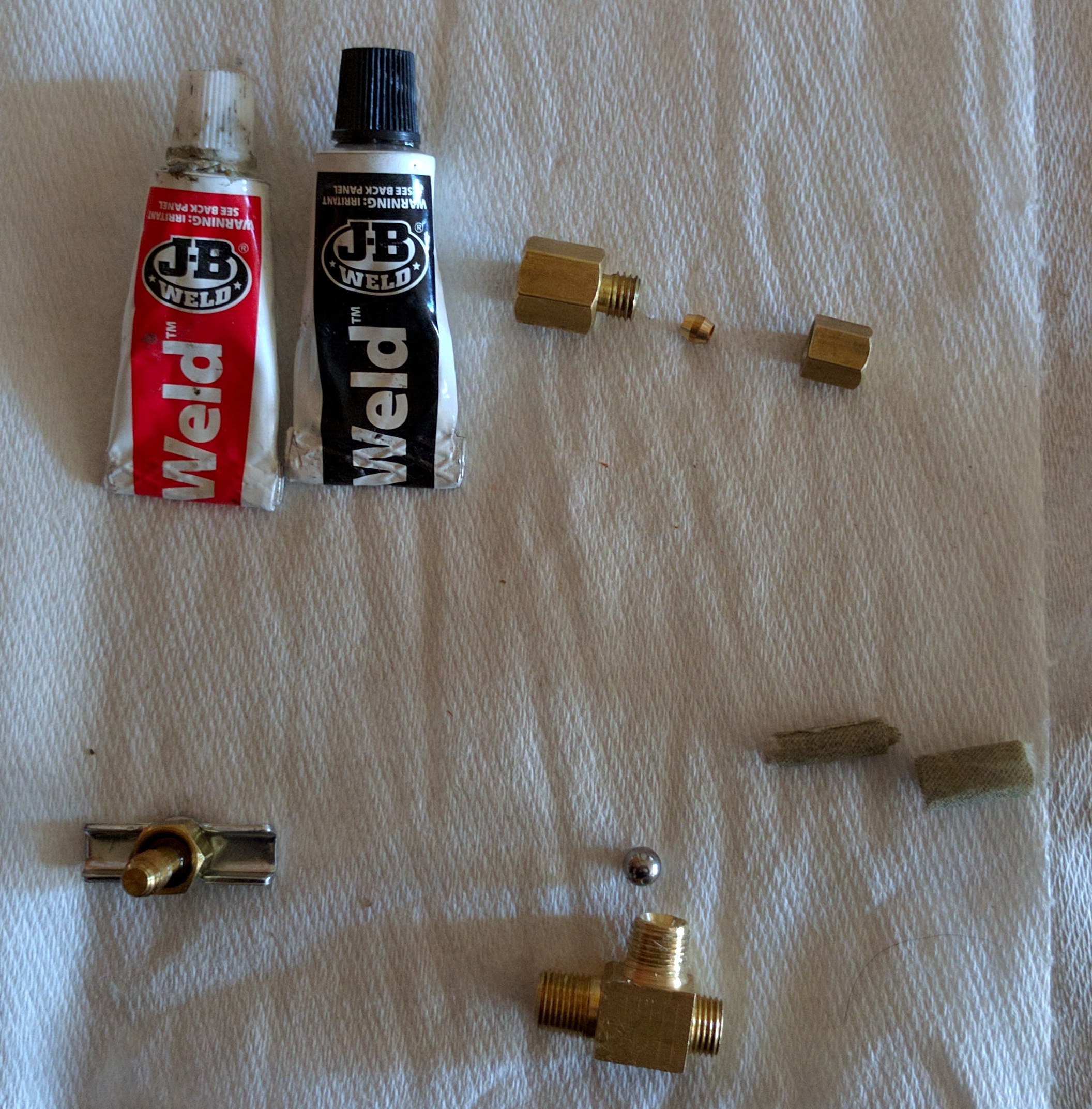
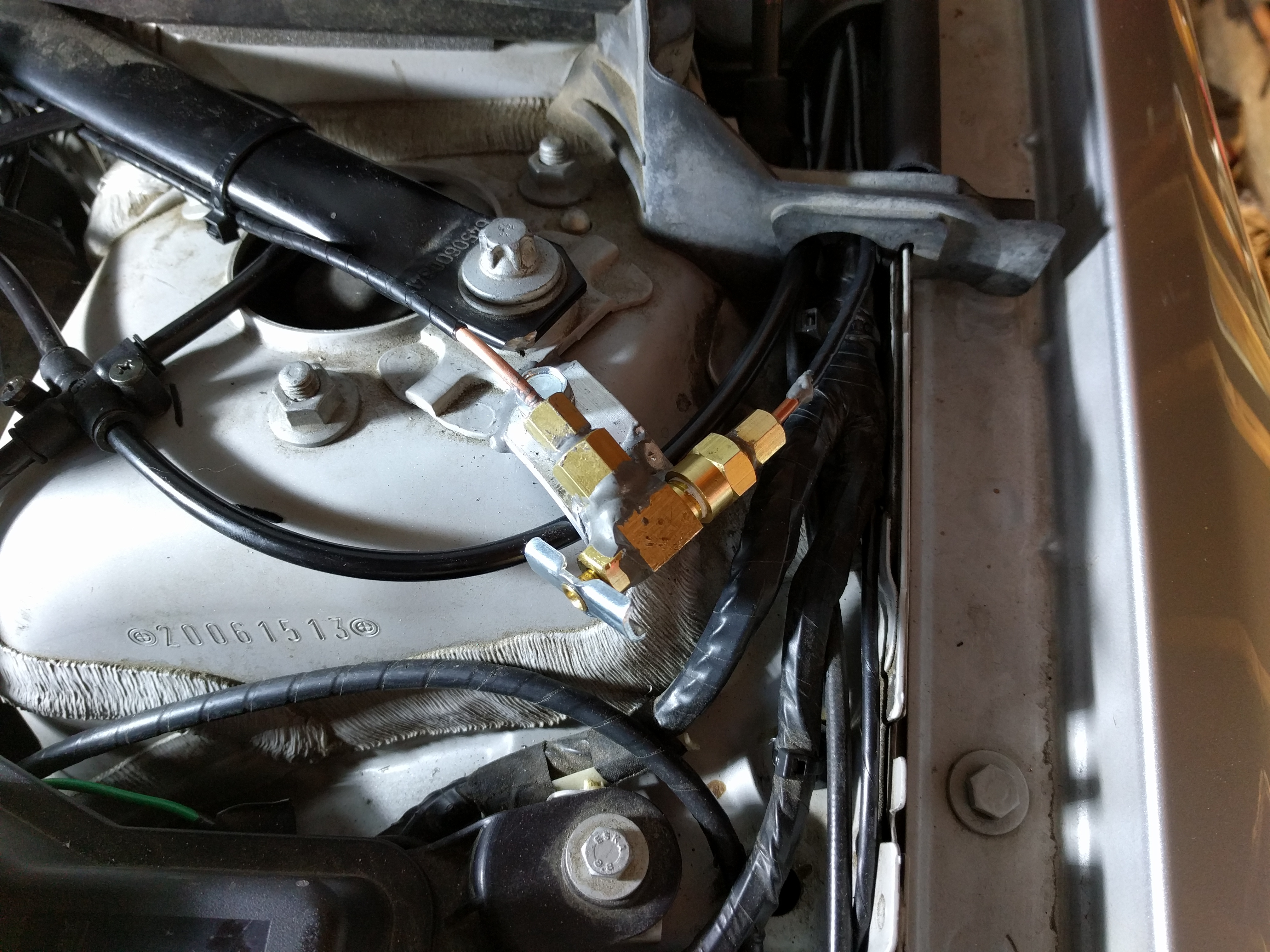
Tapping the fuel line post-filter is not exactly straightforward. There are lots of candidates for places to do that, but BMW’s proprietary faux plastic lines and fittings everywhere take all the fun out of it. A good way I found was to slide the stock filter back a couple inches in the mounting clamp and clock it about 15 degrees. This creates enough room to splice in the adapter quite nicely. Remember you are working on the clean side of the filter, so parts and activity related to opening it downstream of the filter must be meticulously maintained in pristine cleanliness. If not, the car will immediately tell you about your failure to do so upon restart.
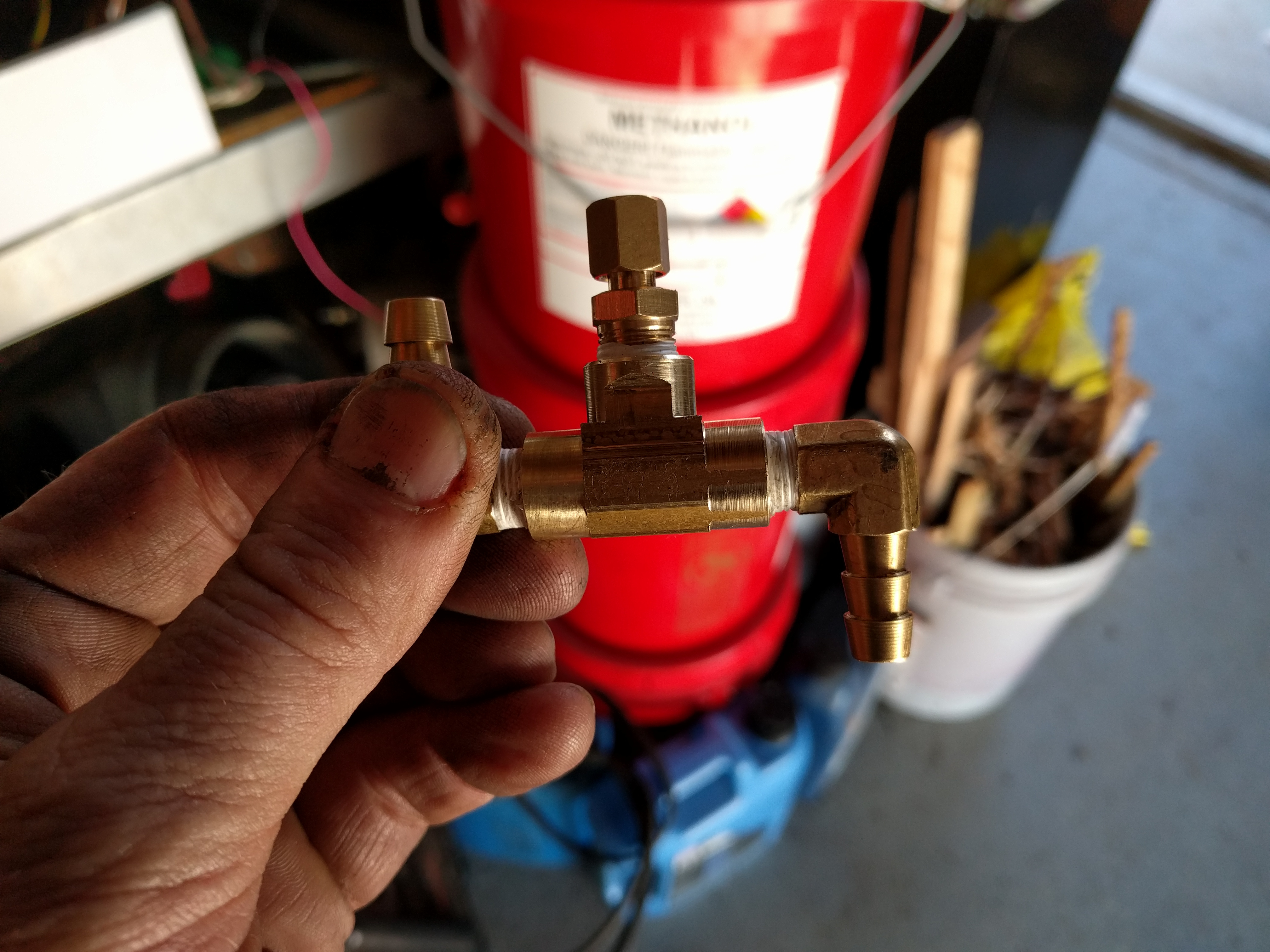
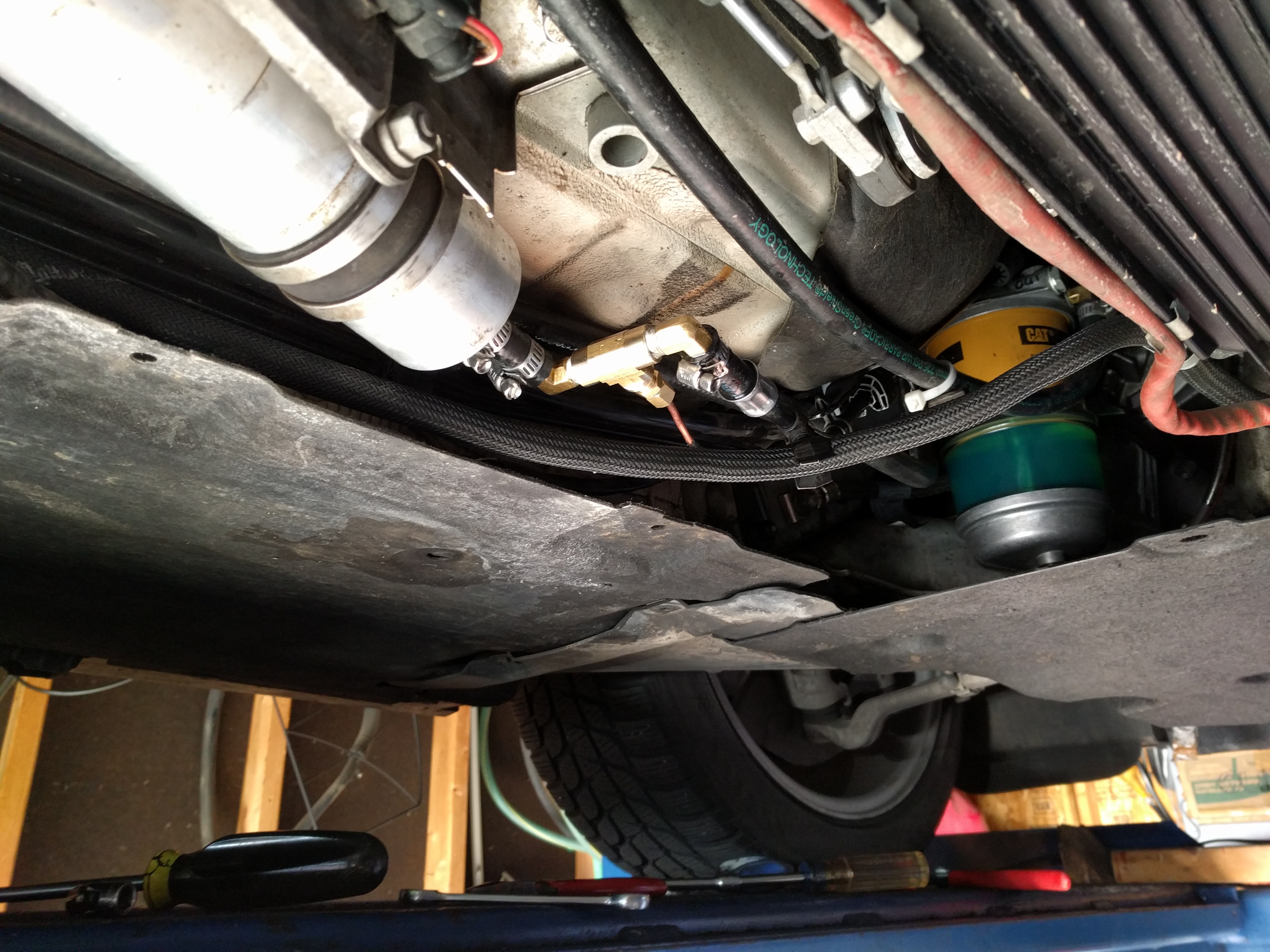

I expect fuel filter maintenance intervals to increase significantly with the ability to actively monitor fuel pressure. Filters filter better the longer they are in service, right up to the point where they can no longer meet the flow requirement. I believe changing filters of almost any type on a schedule is just dumb. Of course there are specific exceptions to the rule, but they are limited to special types of equipment and conditions not in the consumer automotive realm.
Dumpsters behind quick lube joints across the country are always full of perfectly good filters. Also, it should be interesting to see pressure fluctuation (or not?) with a hotter tune at some point. I have a feeling fuel supply is not going to be an issue. The 9mm ID tubing should be adequate for up to around 400hp.

